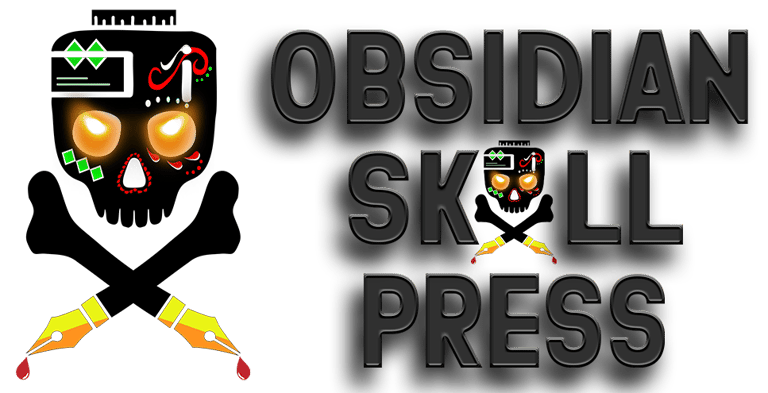Marginalized Voices in Genre Fiction and Art: A Vital Shift in Society
There is an increasing recognition of marginalized voices in genre fiction and art, highlighting the importance of representation from Latino/a, Native American, African, Asian, and LGBTQ communities. These creators are challenging dominant narratives and fostering inclusivity, using their unique perspectives to address issues of race, gender, and identity. Their contributions enrich the cultural landscape and promote societal change. Supporting and amplifying these voices is essential for creating a more equitable and diverse artistic world that reflects our society's complexities.
CULTURALINDIGENOUS CULTURELATINX IN ARTSDEILGBTQIA+ RIGHTS
TL Hutton
4/2/202513 min read
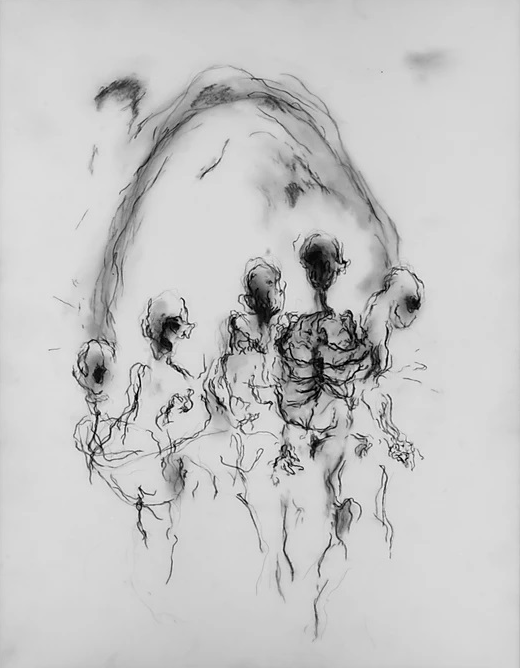

In the current global context, there is a growing urgency to uplift and amplify marginalized voices in all spheres of society, including the arts. In the arts, specifically, the voices of underrepresented groups have often been silenced and ignored. However, there is a shift happening in the industry as the value and impact of these voices are being recognized. In this blog post, we will delve into the world of genre fiction and art, highlighting the vital impact of Latino/a, Native American, African, Asian, and LGBTQ communities in challenging dominant narratives and promoting inclusivity and diversity, and why the representation of marginalized voices in the arts is crucial for driving positive societal change.
In recent years, there has been a growing movement towards amplifying marginalized voices in the arts, particularly in the fields of genre fiction and art. These voices, which have long been ignored or silenced, are finally gaining recognition and making a significant impact on societal norms and perceptions. Through their works, these creators challenge and subvert dominant narratives, bringing attention to important issues such as race, gender, sexuality, and class. By doing so, they are promoting a more inclusive and diverse cultural landscape, one that reflects the true complexities and diversity of the world we live in.
One of the reasons for the rise of marginalized voices in the arts is the increasing demand for representation and diversity in creative industries. As consumers and supporters of the arts, we have become more aware of the importance of representation and the negative effects of only promoting a narrow and homogenous view of the world. This has led to a demand for more diverse stories and perspectives, and marginalized artists are stepping up to fill this void.
Moreover, marginalized voices are also gaining recognition due to the rise of social media and digital platforms, which have given them a platform to share their work and reach larger audiences. Many marginalized artists have found success through self-publishing or using crowdfunding platforms to finance their projects. This has allowed them to bypass traditional gatekeepers in the publishing and art world, who have historically favored mainstream and commercially viable works.
One example of the impact of marginalized voices in the arts is the rise of Afrofuturism, a genre that explores the intersection of African and African-American culture with science fiction and fantasy. This movement, which has been gaining momentum in recent years, challenges the dominant narratives and stereotypes surrounding black culture and presents a more empowering and diverse perspective. Artists such as Nnedi Okorafor, Octavia Butler, and N.K. Jemisin have gained widespread acclaim for their Afrofuturistic works, which have not only entertained readers but also sparked important conversations about race and representation.
In the world of visual art, marginalized voices are also making waves and gaining recognition. Artists like Kehinde Wiley, who gained widespread attention for his portrait of former President Barack Obama, are using their platforms to challenge the Eurocentric canon of art history and bring attention to issues of race, identity, and representation. Other artists like Yayoi Kusama, Kara Walker, and Ai Weiwei are also using their art to address important social and political issues, bringing a fresh and diverse perspective to the art world.
Latino/a Voices in Genre Fiction and Art
The recognition of Latino/a voices in genre fiction and art is a significant step towards representation and diversity in these industries. For too long, these spaces have been dominated by white, male creators and their perspectives, leaving little room for marginalized voices to be heard. However, authors like Older and Isabel Allende are changing the landscape with their unique and thought-provoking works that challenge traditional tropes and bring attention to the experiences of Latinx communities. Their works not only provide representation for Latinx readers, but also offer a much-needed perspective for non-Latinx readers to expand their understanding of different cultures and perspectives.
In the art world, the impact of Latino/a creators is equally powerful. Artists like Kahlo and Rivera have captured the hearts and minds of people around the world with their deeply personal and politically-charged works. Kahlo's iconic self-portraits and Rivera's murals depict the struggles and triumphs of the Mexican people, shedding light on the social and political issues that have shaped their country. Through their art, they have sparked conversations and challenged societal norms, paving the way for future generations of Latino/a artists to have their voices heard.
The recognition of Latino/a creators is not limited to the sci-fi, fantasy, and art worlds. In recent years, there has been a growing movement to diversify all forms of media and entertainment, including film, television, and music. This push for representation has given rise to a new wave of talented Latino/a creators who are making their mark in these industries. From directors like Guillermo del Toro to musicians like Bad Bunny, these individuals are using their platforms to tell their own stories and break down stereotypes and misconceptions about Latinx communities.
Overall, the recognition and celebration of Latino/a creators in the genre fiction and art world is a crucial step towards a more inclusive and diverse society. By sharing their unique perspectives and experiences, these creators are not only enriching the creative landscape, but also challenging societal norms and promoting cultural understanding. It is important for us to continue to uplift and support these voices and to embrace the richness and diversity that they bring to our world.
Native American Voices in Genre Fiction and Art
Native American voices have long been silenced and marginalized in mainstream media and literature, but in recent years, there has been a significant shift towards amplifying and centering these voices in the genre fiction and art world. One notable example is the rise of Native American authors like Rebecca Roanhorse and Stephen Graham Jones, who are gaining recognition and acclaim for their works that blend traditional Indigenous storytelling with elements of science fiction and horror.
In her novel 'Trail of Lightning,' Roanhorse weaves together Navajo mythology and a post-apocalyptic setting to create a captivating and unique story that has resonated with readers of all backgrounds. Similarly, Jones' novel 'Mapping the Interior' combines horror with themes of family and identity, drawing upon his Blackfeet heritage to create a chilling and thought-provoking narrative.
In addition to literature, Native American voices are also making waves in the art world. Artists like Jaune Quick-to-See Smith and Fritz Scholder are challenging stereotypes and reclaiming their cultural heritage through their powerful and thought-provoking works. Quick-to-See Smith, a member of the Confederated Salish and Kootenai Nation, uses her art to address issues facing Native communities and challenge the dominant narrative surrounding Indigenous peoples. Similarly, Scholder, a member of the Luiseño tribe, used his art to explore themes of identity and cultural appropriation, often incorporating traditional Indigenous imagery in his paintings to reclaim and subvert stereotypes.
The rise of Native American voices in the genre fiction and art world is not only a celebration of their unique and diverse perspectives, but also a much-needed step towards decolonizing and centering Indigenous stories and experiences. By amplifying these voices and reclaiming their heritage through their art and literature, Native American artists and authors are challenging the status quo and creating a more inclusive and diverse artistic landscape. This shift not only provides much-needed representation for Native communities, but also offers readers and viewers a chance to engage with and learn from these powerful and important voices. As the works of Roanhorse, Jones, Quick-to-See Smith, and Scholder continue to gain recognition and influence, it is clear that Native American voices are here to stay and are making a significant impact in the world of genre fiction and art.
African Voices in Genre Fiction and Art
The African diaspora has had a profound influence on genre fiction and art, particularly in the realms of sci-fi, fantasy, and visual arts. The works of authors such as Nnedi Okorafor and Octavia Butler have gained widespread recognition and acclaim, challenging traditional narratives and bringing African mythologies and cultures to the forefront of the literary world. These authors have created rich and diverse worlds that not only entertain, but also educate and inspire readers to explore different perspectives and cultures. Their stories often center around themes of identity, empowerment, and resilience, drawing upon their own experiences as members of the African diaspora. Their unique voices have not only expanded the representation of black characters in genre fiction, but have also opened up new avenues for discussions on race, culture, and social issues.
In the art world, the African diaspora has also left its mark through the powerful and thought-provoking works of artists like Kehinde Wiley and Kara Walker. Wiley, known for his vibrant and larger-than-life portraits of people of color, challenges the lack of representation of black and brown bodies in traditional European art. His work often features contemporary individuals in poses inspired by classical paintings, subverting notions of power, beauty, and legacy. Similarly, Walker's provocative and often controversial pieces confront issues of race, gender, and sexuality through the use of silhouettes and paper cutouts. Her art explores the complexities of identity and the historical legacies of slavery and colonialism, sparking important conversations about the ongoing impact of these systems on the African diaspora.
Through their respective mediums, these artists are reshaping the dominant narratives and stereotypes surrounding people of African descent. By reclaiming their own narratives and reclaiming their agency through their art, they are creating powerful and meaningful representations of the African diaspora. These representations not only challenge societal norms, but also provide a platform for marginalized communities to be seen and heard. As a result, the impact of the African diaspora on genre fiction and art reaches far beyond the pages of a book or the walls of a gallery, but also serves as a catalyst for social change and progress.
The African diaspora has made significant contributions to the world of genre fiction and art. By bringing their unique perspectives, experiences, and cultural influences to their work, authors like Nnedi Okorafor and Octavia Butler have expanded the boundaries of what is considered mainstream literature. Similarly, artists like Kehinde Wiley and Kara Walker have used their art to challenge societal norms and spark important conversations about race, identity, and representation. Their impact not only enriches the world of art and literature, but also serves as a powerful reminder of the resilience and creativity of the African diaspora. As we continue to celebrate and recognize the contributions of the African diaspora, it is important to also continue to support and uplift these voices in the arts and beyond.
Asian Voices in Genre Fiction and Art
Asian voices have been historically marginalized and underrepresented in the genre fiction and art world, but this is beginning to change. In recent years, there has been a growing recognition and appreciation for the contributions of Asian authors and artists in these fields. This shift can be seen in the success and recognition of authors like Ken Liu and N.K. Jemisin, who have gained acclaim for their works in science fiction and fantasy literature.
Liu, a Chinese-American author, draws inspiration from his cultural heritage and incorporates it seamlessly into his stories. This not only adds diversity to the genre, but also provides readers with a unique and refreshing perspective. In his acclaimed book 'The Paper Menagerie and Other Stories,' Liu explores themes of identity, culture, and family through his Chinese-American characters. He weaves elements of Chinese history, mythology, and folklore into his stories, creating a rich and immersive reading experience. His success has opened doors for other Asian writers to share their own stories and perspectives in the genre.
N.K. Jemisin, an African-American author, has gained recognition for her fantasy novels that challenge the traditional Eurocentric narrative that has dominated the genre for so long. Jemisin's books, such as 'The Fifth Season' and 'The Hundred Thousand Kingdoms,' feature diverse and complex characters from a variety of cultures and backgrounds. She draws inspiration from African, Caribbean, and Middle Eastern cultures, creating intricate and vibrant worlds that break away from the typical medieval European setting of many fantasy novels. Her work not only adds much-needed diversity to the genre, but also challenges readers to expand their understanding of what fantasy can be.
The success of Liu and Jemisin not only brings attention to the lack of diversity in genre fiction, but also opens opportunities for other marginalized voices to be heard. Their works serve as a reminder that there are countless stories and perspectives waiting to be explored and shared.
In the art world, Asian artists are also making their mark and gaining recognition for their unique and innovative works. Yayoi Kusama, a Japanese artist, has gained global recognition for her mesmerizing and thought-provoking installations. With her iconic polka dot and mirror room installations, Kusama has become one of the most successful and influential contemporary artists of our time. Her exhibitions draw massive crowds worldwide, and her works have been breaking records at art auctions. Kusama's art challenges traditional notions of art and invites viewers to step into her whimsical and immersive worlds.
Another prominent Asian artist making waves in the art world is Takashi Murakami. Combining elements of traditional Japanese art with contemporary pop culture, Murakami's work is vibrant, colorful, and instantly recognizable. His iconic characters, such as Mr. DOB and Kaikai and Kiki, have become pop culture icons and can be seen in collaborations with major fashion and music brands. Murakami's work has been featured in prestigious galleries and museums around the world, further solidifying his influence and impact in the art world.
Kusama and Murakami's success not only brings attention to the underrepresentation of Asian artists in the art world, but also paves the way for other Asian artists to gain recognition and appreciation. Their bold and innovative works challenge the traditional Western-centric narrative of art and bring attention to the rich and diverse cultures of Asia.
The success and recognition of Asian voices in the genre fiction and art world are a sign of progress and a much-needed shift towards diversity and inclusivity. The works of authors like Ken Liu and N.K. Jemisin, and artists like Yayoi Kusama and Takashi Murakami, not only add diversity to their respective fields, but also challenge and redefine traditional narratives. As more and more Asian voices are heard and celebrated, we will continue to see a diverse and vibrant representation of cultures in the genre fiction and art world.
LGBTQIA+ Voices in Genre Fiction and Art
In recent years, the LGBTQ community has made significant strides in breaking barriers within the genre fiction and art world. While there has been a long history of queer representation in traditional literary and artistic spaces, it has often been limited and marginalized. However, with the rise of diverse voices and perspectives, the LGBTQ community has been able to bring their stories and experiences to the forefront of these creative fields.
One notable example is in the realm of genre fiction, specifically in the sci-fi and fantasy genres. Authors like Nalo Hopkinson and Samuel R. Delany have been pioneers in incorporating queer themes and characters into their work. Hopkinson, a Jamaican-born Canadian writer, is known for her award-winning novel 'Midnight Robber' which explores themes of gender and sexuality through a futuristic Caribbean setting. Delany, a pioneering black science fiction writer, has also been instrumental in breaking barriers for queer representation in the genre with works such as 'Dhalgren' and 'Stars in My Pocket Like Grains of Sand'.
In addition to literature, the LGBTQ community has also been making waves in the art world. Artists like Keith Haring and Jean-Michel Basquiat have become icons in their own right, not only for their groundbreaking work but also for their unapologetic exploration of gender and sexuality. Haring, a gay artist who rose to prominence in the 1980s, used his art to bring visibility to the AIDS crisis and challenge societal norms surrounding sexuality. Basquiat, a queer artist of Haitian and Puerto Rican descent, tackled themes of race, identity, and queerness in his bold and thought-provoking paintings.
In more recent years, the LGBTQ community has continued to make strides in the art world. For example, the work of contemporary artists like Mickalene Thomas, Zanele Muholi, and Kehinde Wiley, all of whom identify as LGBTQ, have gained international recognition and critical acclaim. These artists use their platforms to challenge societal norms and push for greater representation and visibility of queer voices in the art world.
Furthermore, the rise of social media and digital platforms has also allowed for greater accessibility and visibility of LGBTQ voices in the art world. Online art communities, such as the Queer Artists Collective and the Queer Artists of Color Collective, provide a space for queer artists to showcase their work and connect with a wider audience. Social media platforms like Instagram have also become a powerful tool for queer artists to share their work, connect with other artists, and reach a global audience.
The LGBTQ community has made significant progress in breaking barriers within the genre fiction and art world. Through the works of pioneering authors like Nalo Hopkinson and Samuel R. Delany, and the bold and unapologetic art of Keith Haring and Jean-Michel Basquiat, queer voices and experiences have been brought to the forefront of these creative fields. With the continued efforts of contemporary artists and the accessibility of digital platforms, the LGBTQ community is continuing to pave the way for greater representation and inclusivity in the world of literature and art.
As consumers and supporters of the arts, it is our responsibility to celebrate and uplift marginalized voices in the arts. We can do this by actively seeking out and supporting their works, whether it's through purchasing their books, attending their exhibitions, or sharing their art on social media. By doing so, we not only support these artists but also contribute to creating a more vibrant and representative world, one that reflects the true diversity and complexities of our society.
The rise of marginalized voices in the arts is a positive and necessary development that is challenging dominant narratives and bringing important issues to the forefront. Through their works, these artists are creating a more inclusive and diverse cultural landscape, one that we should actively support and celebrate. By uplifting these voices, we not only enrich our own cultural experiences but also contribute to a more equitable and just society. Let us continue to amplify marginalized voices in the arts and strive for a more inclusive and diverse world.


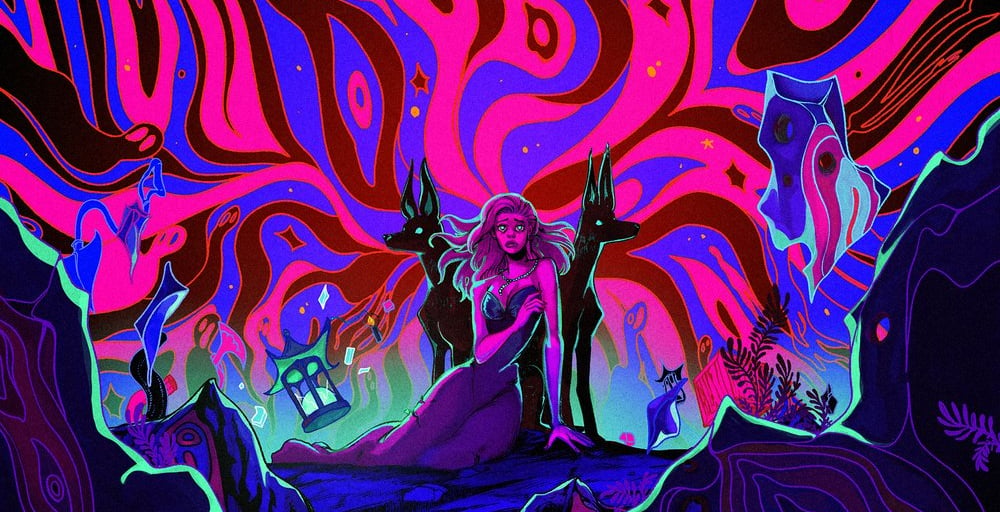

Midst (Season 2) by JM Fenning 2023 LGBTQ Oregan, USA
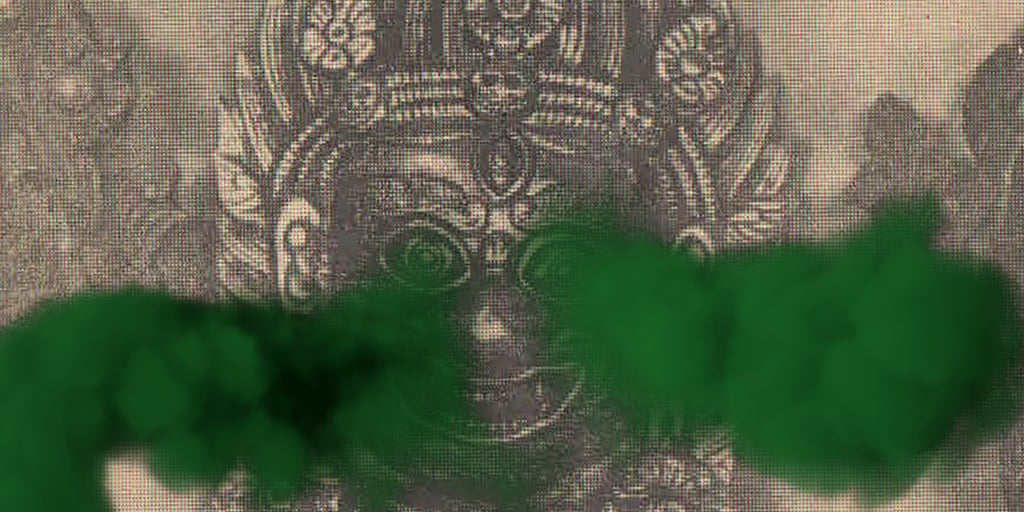

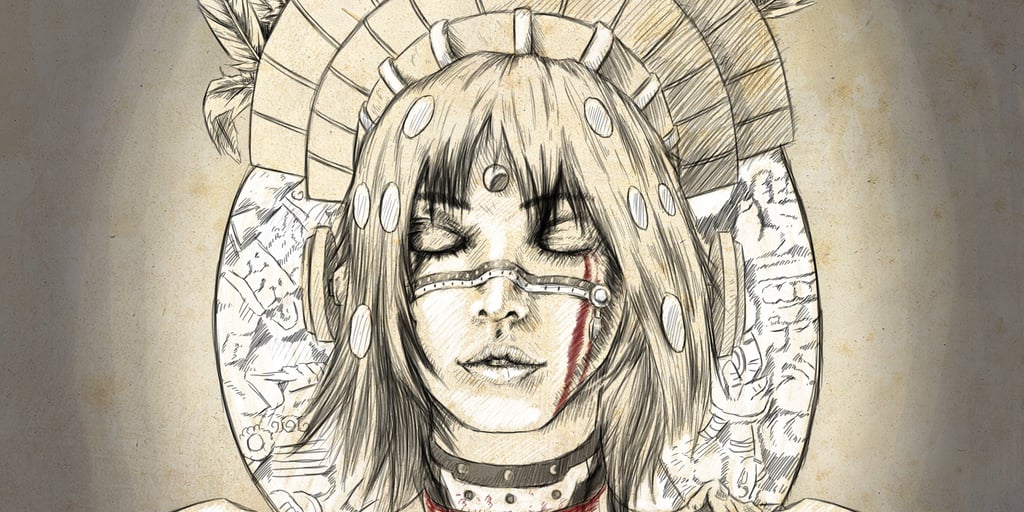

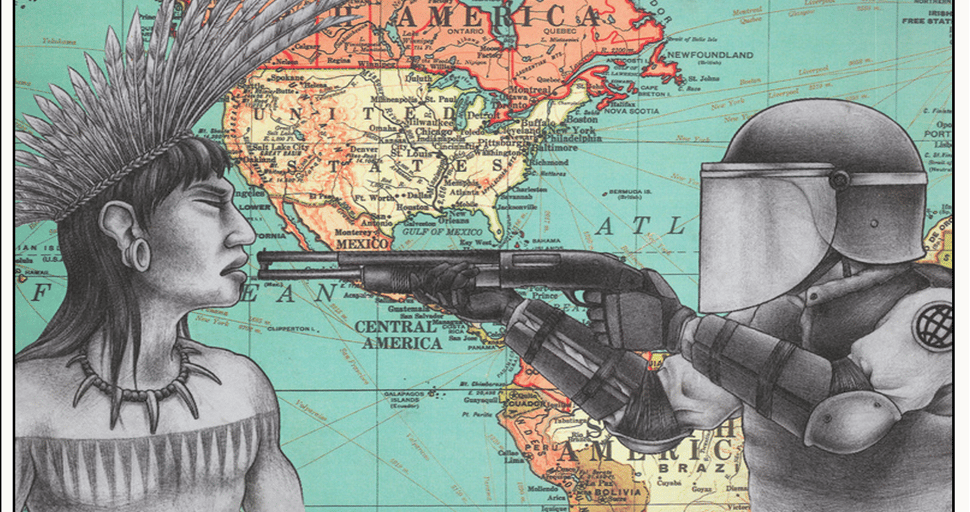

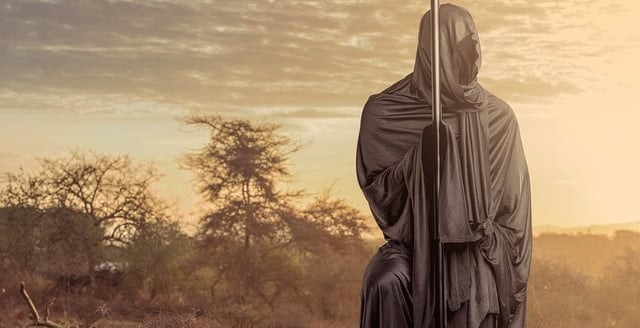

Black Sudan by Osborne Macharia 2016 Kenya
The Spell of Silence (video still) by Hardeep Pandhal 2023
Autoimmune Disease by Votan Henriquez 2018 Mayan | Nahua Artist Los Angeles, CA
Coyolxauhqui Azteca by Inker-shike 2014 Mexico
Heralds by Christopher Tandy


© 2025 TL Hutton | Obsidian Skull Press. All Rights Reserved
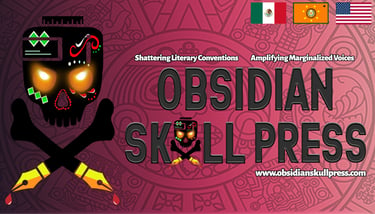

Follow us
Causes we Support


